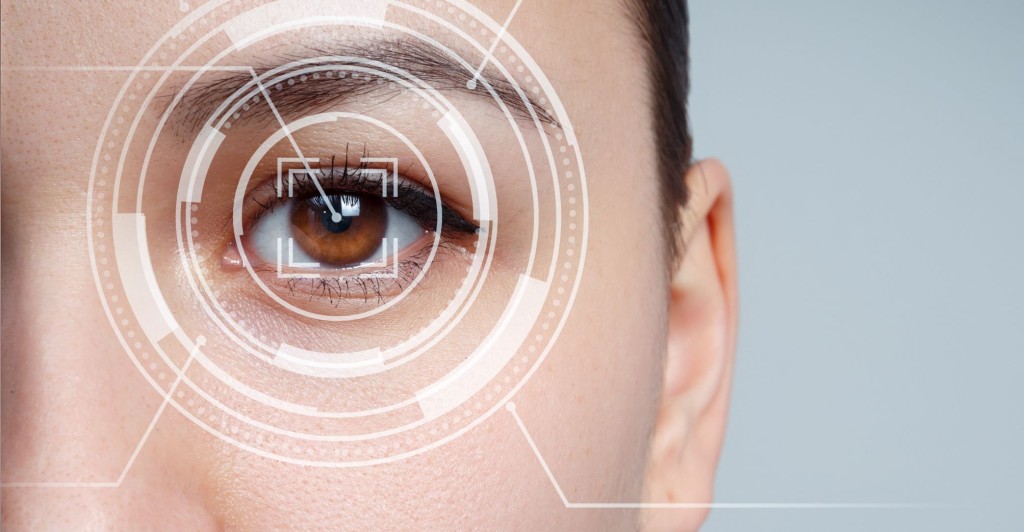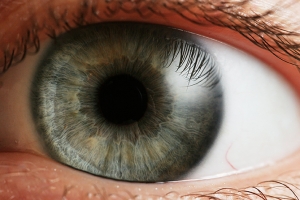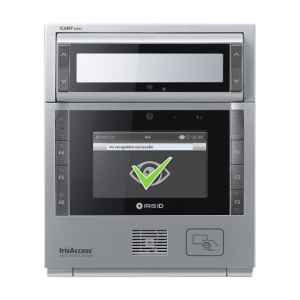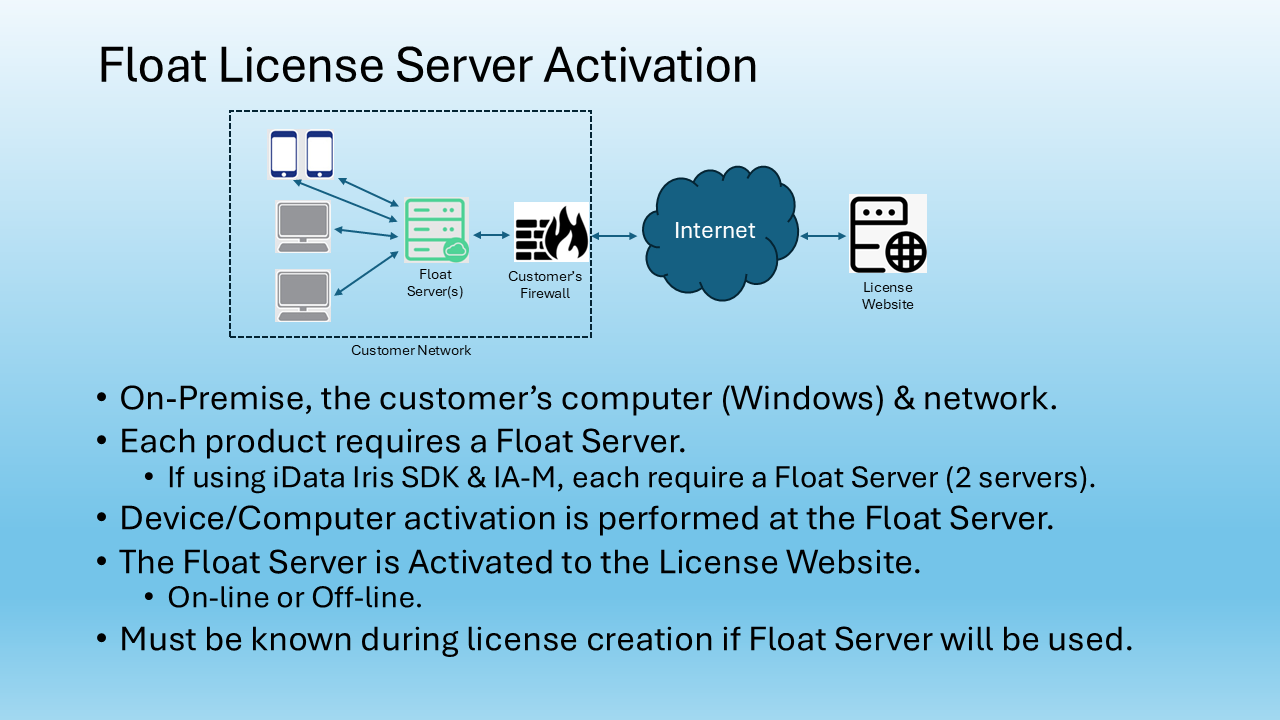
Iris Recognition Delivers a Positive ID for Law Enforcement
Law enforcement agencies and corrections facilities need all the support and technology available to improve their ability to identify and process individuals, and to ensure the highest security and safety at police stations and local, state and federal law enforcement offices, as well as in jails and corrections facilities.
and to ensure the highest security and safety at police stations and local, state and federal law enforcement offices, as well as in jails and corrections facilities.
To help with the daunting and all encompassing task of identifying and authenticating criminals, detained individuals, law enforcement and corrections officials, and third party support personnel, the FBI implemented the Next Generation Identification (NGI) Iris Service in September of 2020.
Utilizing advanced iris technology from Iris ID, the NGI initiative allows law enforcement and corrections officials to capture, catalog and rapidly compare iris images across a massive database of enrolled individuals with up to 99% accuracy. To make this advanced form of identity management most effective on a national scale, the FBI is encouraging law enforcement agencies and corrections facilities across the country to adopt iris recognition technology into their existing biometric processes for criminal bookings, as well as for detainee intake and release procedures.

The rationale for the adoption of iris recognition technology for identity verification at law enforcement agencies and corrections facilities is rather simple – it’s fast, easy, touchless, highly accurate, and cost-efficient.
Iris Recognition Adoption is Growing in Law Enforcement and Government Applications. Read More Here.
Touchless Technology
 Unlike other methods of physical or biometric identification, iris recognition technology is completely non-invasive. There is no need for detained individuals or their handlers to physically come into contact with any touchscreens, paper or ink pads. This eliminates the challenges related to mutilated, damaged and worn fingertips that often hamper forensic investigations, and the accidental release of criminals who are not identified correctly. More advanced iris recognition solutions also feature face recognition capabilities. This allows law enforcement agencies to leverage available facial recognition databases with or without the multi-factor identification capabilities provided by best-in -class iris recognition devices. These advanced iris-face fusion solutions can also include advanced features such as scar mark and tattoo (SMT) identification capabilities to provide yet another form of identification.
Unlike other methods of physical or biometric identification, iris recognition technology is completely non-invasive. There is no need for detained individuals or their handlers to physically come into contact with any touchscreens, paper or ink pads. This eliminates the challenges related to mutilated, damaged and worn fingertips that often hamper forensic investigations, and the accidental release of criminals who are not identified correctly. More advanced iris recognition solutions also feature face recognition capabilities. This allows law enforcement agencies to leverage available facial recognition databases with or without the multi-factor identification capabilities provided by best-in -class iris recognition devices. These advanced iris-face fusion solutions can also include advanced features such as scar mark and tattoo (SMT) identification capabilities to provide yet another form of identification.
Read our article for Officer.com – Iris Recognition Delivers a Positive ID for Law Enforcement.
Fast, Easy and Extremely Accurate
Iris recognition technology is also fast, easy, and extremely accurate, increasing throughput and confidence for booking and identification processes. Enrollment and authentication of an individual takes less than 2 seconds. More important, iris recognition technology utilizes 240 recognition points on the iris to accurately identify individuals. And with each iris being absolutely unique to each individual, the estimated chance of encountering two identical irises is 1 in 1078 – this includes the chance of identical twins having an iris match. This extreme level of identification accuracy is essential to support higher security operations, fewer false rejects, and absolutely zero opportunity for bias across a wide range of law enforcement and corrections applications.
identify individuals. And with each iris being absolutely unique to each individual, the estimated chance of encountering two identical irises is 1 in 1078 – this includes the chance of identical twins having an iris match. This extreme level of identification accuracy is essential to support higher security operations, fewer false rejects, and absolutely zero opportunity for bias across a wide range of law enforcement and corrections applications.
Reduces Cost
 In addition to the obvious security benefits associated with the speed, ease and accuracy of identifying and verifying individuals, iris recognition technology can also help reduce overhead costs. In some cases, iris recognition can eliminate the need for traditional 10-fingerprint enrollments, which is a time-consuming process.
In addition to the obvious security benefits associated with the speed, ease and accuracy of identifying and verifying individuals, iris recognition technology can also help reduce overhead costs. In some cases, iris recognition can eliminate the need for traditional 10-fingerprint enrollments, which is a time-consuming process.
The Proven Power of Iris Recognition
With the FBI clearly leading the way, many other local law enforcement agencies, including the Los Angeles County Sheriff’s Department, York County Sheriff’s Office, and Australia – New South Wales Department of Corrective Service, are already utilizing iris recognition solutions to help improve operations and reduce costs. Using iris identification data provided either in the field or during intake, these agencies can now quickly access an individual’s complete criminal history across state and federal criminal databases, and view linked records including mugshots, RAP sheets, and other NCIC data (warrants, sex offender registration, immigration status, etc.).
New developments in iris technology also enable mobile capabilities ideal for enrolling and screening immigrants at the border using small, contactless cameras in the field. Iris recognition also helps mitigate processing delays for individuals with damaged, worn, or mutilated fingerprints looking to conceal their criminal history. Currently, the US Border Patrol collects up to one hundred thousand iris records per month to help identify those illegally crossing the border.
Listen to our podcast on iris recognition at the border.
Additional law enforcement applications for iris recognition technology cover a wide range of applications including visitor authentication, contractor authentication, work-release authentication, time and attendance, and the verification of identities for physical access control. Given its versatility and ease of integration with related systems, iris recognition technology is proving to be an enterprise level solution.
Building a Case for Iris Recognition Technology
From a technology perspective, iris recognition technology delivers several distinct advantages with numerous applications at law enforcement agencies and corrections facilities. For starters, iris recognition technology can be used on the vast majority of the population, as most individuals have at least one eye. Blind individuals have even used iris recognition successfully, as the technology is iris pattern-dependent, not sight dependent. Additionally, an individual’s iris pattern and structure are fixed from about one year of age, and remain constant over time barring any significant damage to the iris. Once an individual is enrolled, re-enrollment requirements are infrequent if at all. With other biometric technologies, changes in voice timbre, weight, hairstyle, finger or hand size, cuts or even the effect of manual labor can trigger the need for re-enrollment.
Iris recognition technology is also ideal for handling large databases such as the FBI’s NGI Iris Service. It is also a biometric authentication technology designed to work in the 1-N or exhaustive search mode without degradation in speed or authentication accuracy. In fact, a UK Government-commissioned study on iris recognition technology from Iris ID indicated that search times were nearly 20X faster than the next fastest technology, performing up to 10 million+ matches per second.
A highly versatile solution, iris recognition technology accommodates one to many, one to one and credentialed applications, which is ideal for use in multifactor authentication environments where PINs, or tokens like proximity or smartcards are used. And unlike conventional access or identity authentication credentials, 512-byte iris templates are encrypted and cannot be reverse-engineered or reconstituted to produce any sort of visual image. Iris recognition therefore affords high level defense against lost, stolen or replicated identity or access credentials.
An intuitive user experience, iris recognition technology requires relatively little cooperation from individuals. Proximity sensors activate the equipment, which incorporates mirror-assisted alignment functionality. Audio auto-positioning prompts, automated image capture, and visual and audio authentication decision-cueing completes the process. The enrollment and identity verification processes are fast, easy, touchless, and extremely accurate.
Read the FBI’s Next Generation Identification (NGI) Iris Service Flyer.
The FBI has Documented Evidence
The FBI’s NGI Iris Service has enrolled over 2 million sets of iris images to date, at the rate of approximately 100K new identities being added every month. Given the success of the NGI Iris Service, the Federal Department of Justice, Department of Homeland Security, and Department of Defense are also rapidly adding iris records to their shared national databases. This documented success of iris recognition technology is testimony to its use as a trusted, reliable means of identification and verification.
Key application areas for law enforcement include intake and release, work release, transportation and mobile ID. Considering intake alone, Iris identification can eliminate the need for the time-consuming process of 10 print fingerprint collection upon intake, and can confirm a known individual’s identity quite rapidly. This becomes even more meaningful considering that the United States has one of the highest recidivism rates in the world. According to the National Institute of Justice, almost 44% of criminals released return before the first year out of prison. Having an iris identification solution in place becomes especially beneficial when identifying and rebooking repeat offenders.
Read our blog, “Iris Recognition: The Ideal Identification Solution for Law Enforcement”.
As new iris recognition solutions continue to evolve, the deployment of this highly accurate and cost-efficient means of identity enrollment and verification will continue to expand for myriad new applications that further reduce costs, improve operational efficiencies, and enhance security and health safety for law enforcement agencies and corrections facilities.
Iris recognition technology is finding its way into the education sector – not just for security but for other applications as well. It’s being used in daycare and schools to restrict access and establish the identity of school employees, as well as parents or other adults who come to school to pick up particular children. (When used this way, there is a list of enrolled individuals who are “bound” to a particular child’s identity. The child can only be released to these individuals.)
Other schools have piloted programs in which Iris ID’s IrisAccess is used to authenticate identity and manage school lunch programs, allowing for non-stigmatized cashless authentication at the cashier. This ensures that students getting government support are properly identified, and that correct charges are made to students whose parents provide funds for lunch.

